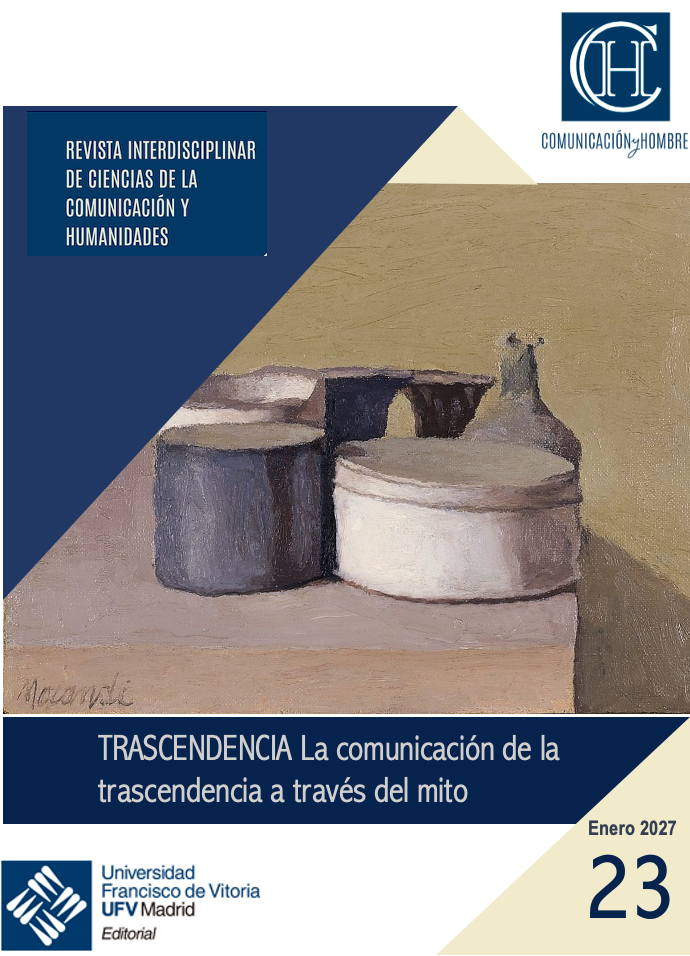What i s the current situation of beauty, what meaning does it have, what meaning does it give to human
existence; It is sought from philosophy, psychiatry, history, theology, i n different media such as painting,
photography, cinema or advertising. From Plato to Nietzsche, from Frank Capra to Fellini, Sorrentino,
Benigni or Menteverde, it is responded to in different ways, it is perceived in different ways, but beauty
has i ts own truth and on that path of encounter lies neatness, purity, goodness.1. Introduction
The beauty that attracts us seems to escape machines and algorithms and maintains a high
component of subjectivity, of irrationality; It is the beauty of Barthes’ punctum, explained in
The Camera Lucida (1980), although he felt somewhat excluded: «The image for me is
fundamentally painful, because that painful punctum can also be a punctum of happiness.
Photography is not only about fixing the image in an eternal present but also about
participating in a trace of the world that contains us. The image is what I am excluded from,
because every photograph is a space waiting to be explored and a time with a future. Photography is a trace, but it is more of a trace, a trace of the presence of a subject in the world. In the book The Mystery of the Camera Lucida, written by psychoanalyst Serge Tisseron (2000), the author points out that Barthes conceived his
theory book on photography as a tribute to the melancholic memory of his mother’s death.
From that melancholy, without falling into atheistic Oedipal psychiatric reductionism, the powerful bond of love exhales.
existence; It is sought from philosophy, psychiatry, history, theology, i n different media such as painting,
photography, cinema or advertising. From Plato to Nietzsche, from Frank Capra to Fellini, Sorrentino,
Benigni or Menteverde, it is responded to in different ways, it is perceived in different ways, but beauty
has i ts own truth and on that path of encounter lies neatness, purity, goodness.1. Introduction
The beauty that attracts us seems to escape machines and algorithms and maintains a high
component of subjectivity, of irrationality; It is the beauty of Barthes’ punctum, explained in
The Camera Lucida (1980), although he felt somewhat excluded: «The image for me is
fundamentally painful, because that painful punctum can also be a punctum of happiness.
Photography is not only about fixing the image in an eternal present but also about
participating in a trace of the world that contains us. The image is what I am excluded from,
because every photograph is a space waiting to be explored and a time with a future. Photography is a trace, but it is more of a trace, a trace of the presence of a subject in the world. In the book The Mystery of the Camera Lucida, written by psychoanalyst Serge Tisseron (2000), the author points out that Barthes conceived his
theory book on photography as a tribute to the melancholic memory of his mother’s death.
From that melancholy, without falling into atheistic Oedipal psychiatric reductionism, the powerful bond of love exhales.





